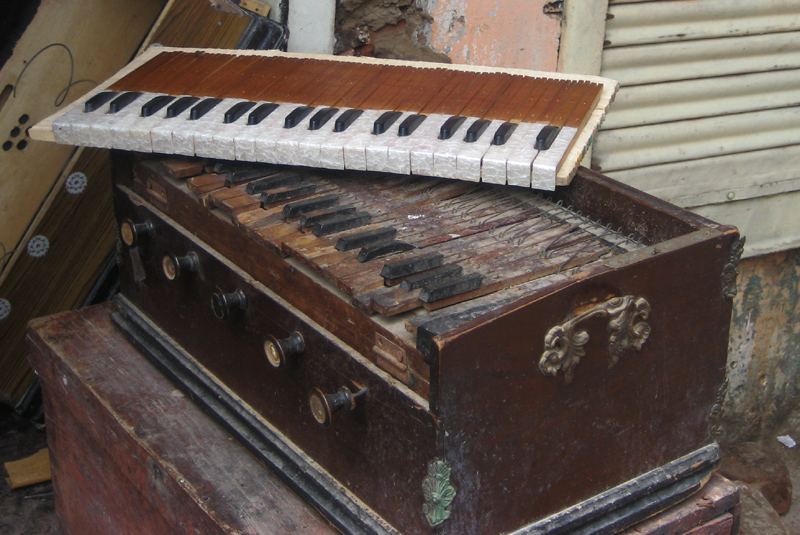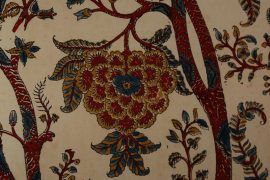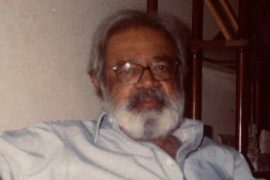The Harmonium–often considered an “Indian musical instrument”–came to India through imperialism. It is a new addition to the musical instruments found in the sub continent. Its popularity is strange considering that it didn’t originate here. However, when it first came to the country, it did not receive a harmonious welcome.
The first harmonium was made by the French inventor Alexander Debain. In 1842, he patented the harmonium as his invention. And by the late nineteenth-century, the harmonium was brought to India. When it first reached Bengal, the eminent poet Rabindranath Tagore, who despised the sound of the harmonium, called it the “bane of Indian music.”
It wasn’t that Tagore’s ears were unaccustomed to Western instruments. The creator of Rabindra Sangeet grew up listening to both Indian classical and Western music. Some of his family members learnt, professionally, both forms of classical music.
Tagore was influenced by English, Irish and Scottish songs, which he incorporated into Rabindra Sangeet. The poet initially accepted it, as he would any new instrument. But soon he developed a distaste for it. The distaste turned to an intense dislike, and the instrument was banned in Shantiniketan. If the poet finds out about its current popularity and that many of his songs, including the Indian National Anthem, have been played on the instrument, he might wake up from death to haunt harmonium players.
-30-
Copyright©Madras Courier, All Rights Reserved. You may share using our article tools. Please don't cut articles from madrascourier.com and redistribute by email, post to the web, mobile phone or social media.Please send in your feed back and comments to editor@madrascourier.com











